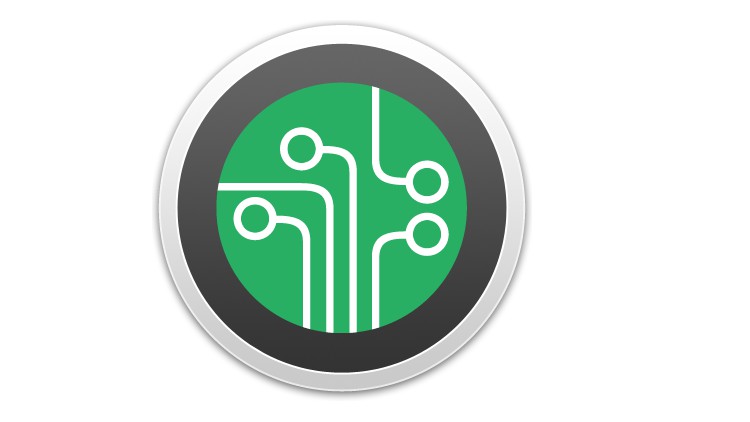
Learn the Basics of VHDL Coding
What you will learn
Learn VHDL Basics
Simply structured Course that anyone can understand
Get to learn all concepts of VHDL
Prepare for Competitive Exams of Electronics
Description
VHDL (VHSIC Hardware Description Language) is a hardware description language commonly used for designing and simulating digital circuits. It is used in the design of FPGAs, ASICs, and other digital hardware. If you are a beginner and want to get started with VHDL, here are some basic concepts and code examples to help you get started:
It has several uses in the field of digital hardware design and development. Some of the key applications and uses of VHDL include:
- Digital Circuit Design: VHDL is primarily used for designing digital circuits at various levels of abstraction, from high-level behavioral descriptions to low-level structural representations.
- FPGA Programming: VHDL is commonly used for programming FPGAs (Field-Programmable Gate Arrays). FPGA programming allows engineers to implement custom digital circuits and prototypes on reconfigurable hardware.
- ASIC Design: VHDL is used in the design and verification of Application-Specific Integrated Circuits (ASICs). ASICs are custom-designed integrated circuits for specific applications, such as in consumer electronics, automotive systems, and industrial applications.
- Digital System Modeling: VHDL enables engineers to model complex digital systems and analyze their behavior before implementation. It helps in understanding and verifying system functionality.
- Verification and Testing: VHDL is used to develop testbenches and test cases for verifying the correctness of digital designs. It allows engineers to simulate and validate designs against expected behavior.
- Hardware Synthesis: VHDL can be synthesized into hardware descriptions (e.g., gate-level netlists) for implementation on physical devices like ASICs or FPGAs.
- Intellectual Property (IP) Cores: VHDL designs can be packaged as reusable IP cores, allowing designers to integrate pre-designed functional blocks into larger systems.
- Digital Signal Processing (DSP): VHDL can be used to implement DSP algorithms and functions in digital signal processing applications.
- Prototyping and Rapid Iteration: VHDL allows for rapid prototyping and iteration during the development process, making it easier to refine and optimize designs.
- Embedded Systems: VHDL is used to design and implement hardware components for embedded systems, such as microcontrollers and digital interfaces.
- Aerospace and Defense: VHDL is prevalent in the aerospace and defense industries for designing and testing hardware used in critical applications like avionics and communication systems.
Overall, VHDL plays a crucial role in the design, verification, and implementation of digital hardware, making it a fundamental language in the field of digital design engineering. It provides engineers with a standardized and structured approach to describe and simulate complex digital systems.
Content